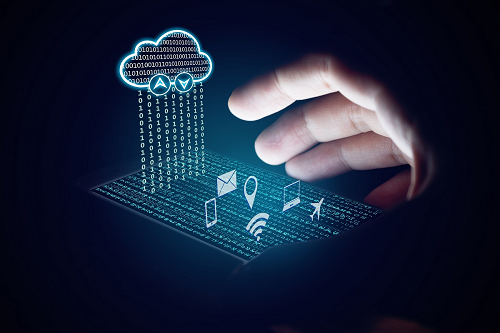
- Cloud deployment models will develop significantly
- Processes and tools that support asynchronous collaboration will be increasingly crucial
- More consideration will be given to eco-friendly IT infrastructure
- Unconstrained working at the edge will be more widely leveraged
- The rapidly expanding use of social media will have a huge impact on various platforms.
Predictions by: Wendy M. Pfeiffer, CIO/SVP at Nutanix, and Lee Caswell, SVP of Product and Solutions Marketing at Nutanix
Nutanix unveils the technological trends that will impact businesses in 2023, the post-pandemic era that affects all aspects, every industry, and level. Companies must pay attention to the following technological changes, which will help them adapt to changes and be ready for the future.
Cloud economics are dramatically changing - which is in turn driving new decision-making around applications and infrastructure. As businesses are facing new pressures around IT spending, many are realizing that they can’t move their applications as fast or as cost-effectively as they originally thought to the cloud. It takes a lot of valuable time and top talent to redo applications that are already running on-prem in the cloud. What won’t change in the years to come is that getting to the cloud is strategically important. But businesses will increasingly become more strategic about which workloads belong in the cloud and which belong in private cloud environments and will prioritize solutions that offer multi-cloud portability across all environments.
Adoption of asynchronous work processes supporting contributions from workforces across the globe will be necessary in order to increase productivity. New, more effective ways to collaborate, especially across multiple time zones, will drive innovation in 2023. This will mean rethinking companies’ approach to asynchronous collaboration including tooling and policies to better support it. In order to succeed, complexity must be supplanted by simplicity and automation will become even more necessary.
The global pinch on energy supply will cause organizations to rethink their IT infrastructure models with more consideration given to power consumption and carbon footprint. Organizations are being told to be more efficient with power consumption, and it’s not just a sustainability issue. While reducing carbon footprint and going green is commendable and an increased point of consideration for potential customers, companies are feeling the impact of oversized power consumption against their bottom line when it comes to cloud usage. The cloud is built for speed and performance, not for the economy when it comes to cost and power, leaving companies to consider how tasks they’re currently pushing to the cloud might be handled elsewhere more efficiently and economically.
Untethered edge operating models will become more prevalent. In today’s world, it’s become expected that applications have to run all the time. Whether they’re connected or not means that the edge, by definition, will have to have an untethered operating model that’s not supported by closed-out models. IT organizations that valued server-based infrastructure to easily scale up and support mixed workloads will quickly find out that the same software-defined approach suits the edge by scaling down easily, by operating while connected or unconnected to a central cloud, and by introducing a fleet management approach that spans from the edge to the data center to the public cloud with consistent cloud management.
Seismic shifts to social media as we know it will have a significant impact well beyond those platforms. 2022 has been a rollercoaster of a year for social media platforms, and some of the trends we’re seeing are not likely to reverse direction. This will have a trickle-down effect on multiple organizations. First, many organizations rely on data purchased from social media companies to tune their own targeting algorithms; targeting that will become less refined as social media data sets become outdated and less curated. Second, the data sets are often the basis to train AI and ML tools; as data sets become outdated, I expect AI and ML that rely on them to become much less effective.





